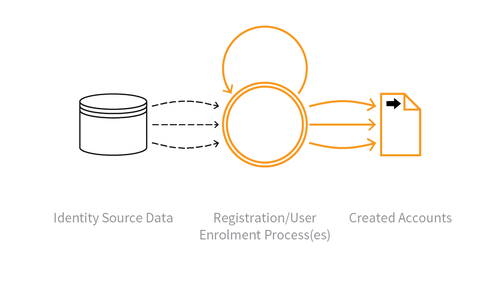This site is the archived OWASP Foundation Wiki and is no longer accepting Account Requests.
To view the new OWASP Foundation website, please visit https://owasp.org
Difference between revisions of "OAT-019 Account Creation"
(New page) |
(→Indicative Diagram) |
||
| Line 19: | Line 19: | ||
===Indicative Diagram=== | ===Indicative Diagram=== | ||
| − | + | [[File:OAT-019_Account_Creation.png|500px|link=]] | |
=== Description === | === Description === | ||
Latest revision as of 15:14, 16 February 2018
This is an automated threat. To view all automated threats, please see the Automated Threat Category page. The OWASP Automated Threat Handbook - Wed Applications (pdf, print), an output of the OWASP Automated Threats to Web Applications Project, provides a fuller guide to each threat, detection methods and countermeasures. The threat identification chart helps to correctly identify the automated threat.
Definition
OWASP Automated Threat (OAT) Identity Number
OAT-019
Threat Event Name
Account Creation
Summary Defining Characteristics
Create multiple accounts for subsequent misuse.
Indicative Diagram

Description
Bulk account creation, and sometimes profile population, by using the application's account sign-up processes. The accounts are subsequently misused for generating content spam, laundering cash and goods, spreading malware, a ecting reputation, causing mischief, and skewing search engine optimisation (SEO), reviews and surveys.
Account Creation generates new accounts - see OAT-007 Credential Cracking and OAT-008 Credential Stuffing for threat events that use existing accounts.
Other Names and Examples
Account pharming; Fake account; Fake social media account creation; Impersonator bot; Massive account registration; New account creation; Registering many user accounts
See Also
Cross-References
CAPEC Category / Attack Pattern IDs
- 210 Abuse of Functionality
CWE Base / Class / Variant IDs
- 799 Improper Control of Interaction Frequency
- 837 Improper Enforcement of a Single, Unique Action
- 841 Improper Enforcement of Behavioral Workflow
WASC Threat IDs
- 21 Insufficient Anti-Automation
- 42 Abuse of Functionality